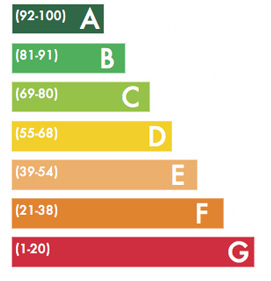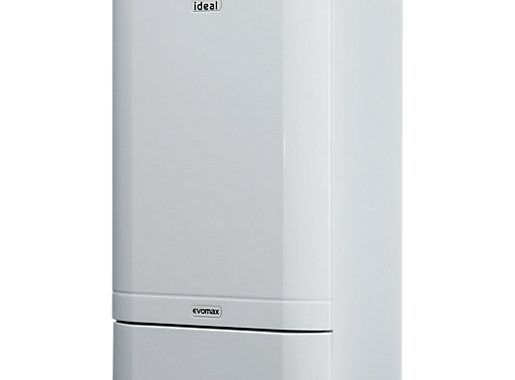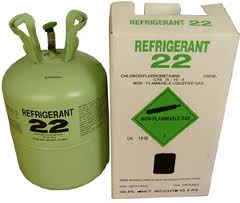
In just a few short months Minimum Energy Efficiency Standards (MEES) are going to become a requirement for all commercial buildings. This will mean that from the 1st of April 2018 it will not be legal to rent out a property with an EPC (Energy Performance Certificate) rating of F or G.
EPC ratings were introduced in 2007 and are indicators of the energy performance of buildings but it is important to keep in mind that it is not a prediction of the running cost or long term efficiency. EPC is very similar to how MPG (Miles Per Gallon) is in relation to cars in that you can use it to compare one car directly with another but actual fuel usage will vary greatly depending on how the car is driven. So in the same way EPC is supposed to provide an easy comparison when buying or renting a property. EPC is essentially a theoretical rating and the actual performance of a building could be better or worse so MEES is unlikely to have an impact on efficiency. Most people are struggling to find a correlation between EPC ratings and the true performance of a building.
One of the other issues with EPC is that they are valid for 10 years which means a building certified as E at the start of 2008 could legitimately be rented using the same certificate in October 2017 for example. They can also be misleading to building owners and managers as they fall short in measuring the actual efficiency of the equipment in the building as it relys on information on seasonal efficiencies which is not always available in older buildings. Even up to date seasonal efficiencies may not be clear as system over 12kW are only going to be regulated by Eurovent as of 2018.
Unfortunately most buildings are really falling short in operational efficiency and EPC is not designed to be a reflection of this. Often it is found that things like the air conditioning are just left running flat out where simply changes like using the timer clock would instantly improve efficiency. It is vital for building owners to know how to operate their building’s efficiently and a good building user guide is important so there is advice on how to use the space in an efficient way. An example of this is to turn off the VRV system when it is 15oC outside and maybe open the windows instead.
The road to improving operational efficiency is usually a relatively straight forward one but relationship between owner and occupier and what makes it more complicated. If the owner is the occupier then it is easy to implement changes but where there is a lease involved you often end up with a lot of dilapidated equipment that’s not running effectively. Yet a tenant will be reluctant to spend money on changes as they benefit the landlord more than themselves in the long term. If a tenant occupies an A rated space the actual performance similar to an E. Generally a landlord’s main priorities are the statutory elements like fire alarms and emergency lighting so energy efficiency tends to be at the bottom of the list. It is usually the case that better results are achieved when the occupant is responsible for the performance of the building and when someone makes decisions about how comfort levels are achieved efficiently it can result in better long term performance. For example at the Cundall offices in Birmingham they use the windows for ventilation where possible and they have also focused on task lighting over desks rather than general lighting which has energy used on lighting by almost two thirds.
There is a strong school of thought that believe unless the government is willing to incentivise improving energy efficiency little will change. In Australia they use a scheme called NABERS (National Australian Built Environment Rating Scheme) where an operational performance level is guaranteed at the design stage and must be delivered otherwise penalties can be applied. So if you are promised a 4-Star rated property as a tenant and it doesn’t deliver, you landlord will be liable for a rebate. In general Australian commercial properties operate at half the energy usage of comparable buildings in the UK even though they are using the same equipment in a much warmer climate.
Wellbeing is fast becoming an increasingly important measure of performance and building services equipment is being designed to be efficient whilst creating a comfortable working environment. We are continually moving towards a stage now where automated controls will deliver system performance based on occupant activities. Which can improve performance by around 33% by monitoring ambient temperature, internal humidity levels and exact load conditions and adapting accordingly which is much more comfortable for the occupants.
Whilst the drivers, techniques and technology are available to improve efficiency and comfort the problem is that old habits are difficult to shake and the industry isn’t moving forward. Often specifications are based of equipment which is 15 years old and completely out of date so it is hard to encourage clients to buy equipment with these capabilities. More training and education is vital for building performance to be improved. Specifications are still being put together without a true understanding of what is actually needed. Simple mistakes like badly placed sensors are common but important things to get right. Architects are also still making energy efficiency difficult by implementing design features like full height glass facades. Features like this will straight away push up emission rates which then have to be brought down through building services.
With only 5 months to go till MEES it may feel like a major challenge but it might not all be bad news. If your EPC is now 10 years old then having your building re-assessed may result in a better rating if improvements have been made since or if simply better information is available. Although the rating could also be worse as a result of the changes in calculation methods but at least having an up to date EPC rating removes uncertainty. The important thing is that you start thinking about your EPC now so that you can start to think about improvements straight away as they will take time to implement. It is also important to go beyond just doing what is necessary and aim for better now to improve long term efficiency and comfort.
Steps to take now
-
Review your EPCs if they are older as they may have changed.
-
Check your EPC assessor’s qualifications to ensure they can offer the best advise.
-
Make sure to look at key areas such as lighting, boilers, VAV systems and air change rates.
-
Any work can be planned as part of a general maintenance and refurbishment or a fit out so it doesn’t need to cost extra.







